Researchers at Stanford University have developed a method to calculate the biological age of 11 body districts. This metabolomic clock could predict the development of dysfunction even before symptoms occur
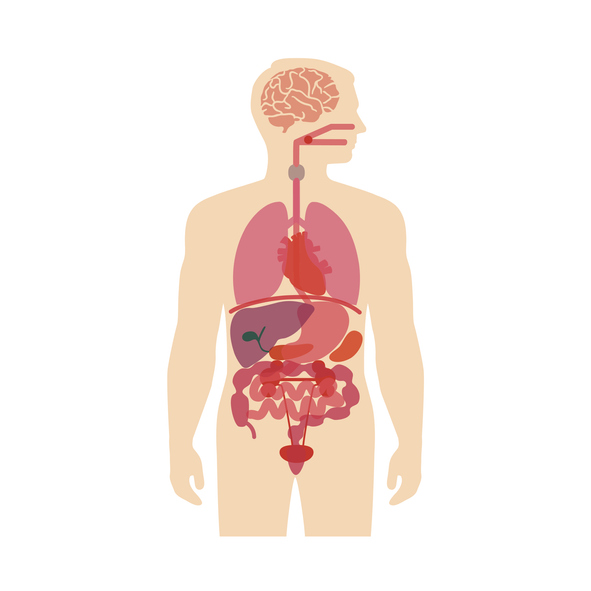

Researchers at Stanford University have developed a method to calculate the biological age of 11 body districts. This metabolomic clock could predict the development of dysfunction even before symptoms occur

Metabolic syndrome refers to the simultaneous presence of several factors that pose a risk for the onset of cardiovascular disease

Regular physical activity is essential for staying healthy, but, according to the results of a study published in Cell Metabolism, overdoing it may even become counterproductive
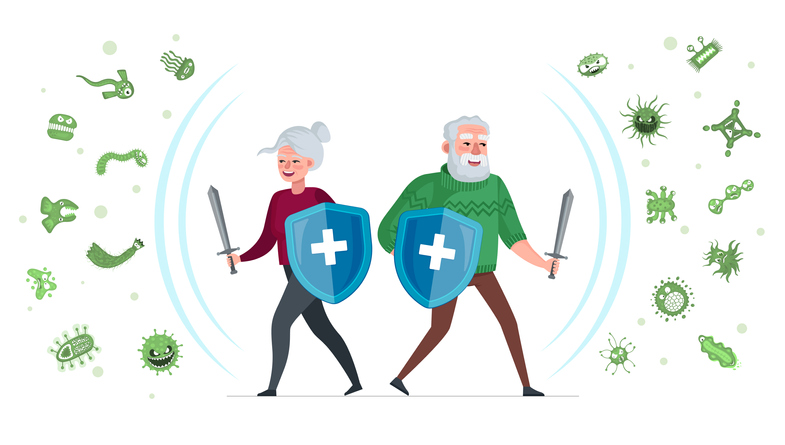
As we age, some cells of the immune system seem to lose their memory and revert to resembling those of infants. This makes them less effective in responding to previously encountered pathogens and could have implications in the development of new vaccines

Sounds composed of more powerful low frequencies seem to promote deep sleep and better cardiac function

Inflammaging, or chronic low-grade inflammation, is defined as a state of low-grade inflammation that can promote the onset of chronic diseases related to aging

Changes to the sleep-wake cycle can alter hormonal control over appetite and satiety, contributing to weight gain and increasing the risk of metabolic syndrome and diabetes

Five minutes of immersion in water at 20°C can cause a marked improvement in mood, and underlying these effects appear to be changes in functional connections between different brain areas

We call it “gender medicine,” but it would be more correct to call it “sex-gender medicine.” Its goal is to ensure increasingly adequate treatment for all and equity of access to care, through the recognition and enhancement of differences between male and female individuals

An increase in this amino acid in the blood, which may also be diet-dependent, increases the risk of several aging-related diseases

The reasons why women have a greater need for sleep than men lie in certain aspects of biology, but are also cultural and social
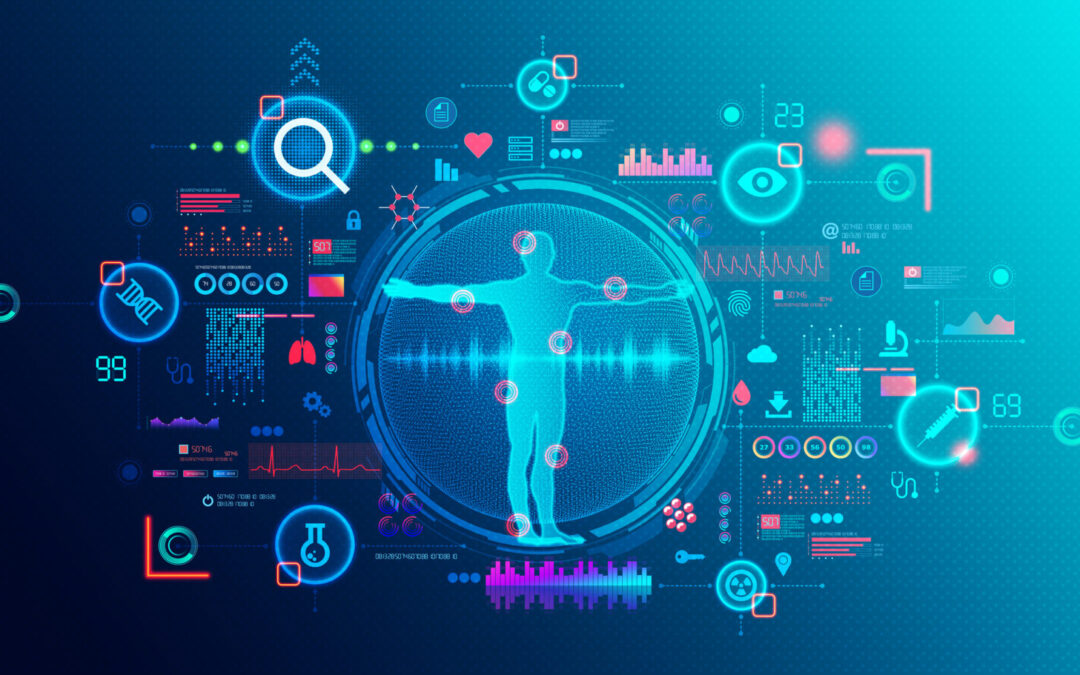
An advanced check-up of physical health status and cognitive performance, and risk factors for aging-related diseases. With an individualized program aimed at slowing biological age

Those taking higher doses of magnesium have, on average, a higher gray mass volume and fewer white matter lesions. However, further studies will be needed to confirm these results

A consensus document from the European Atherosclerosis Society gives physicians new guidance for testing and treating high blood Lp(a) concentrations

According to a study published in Scientific Reports, exercises involving breath control appear to have a positive impact on stress symptoms

Fofo stands for “fear of finding out,” or fear of discovering that you suffer from a certain health problem. And the
consequence is a possible delay in treatment

The immune system protects us from potential threats, but if it is not functioning at its best it can give rise to exaggerated processes of inflammation and oxidation, which damage the body and promote aging and related diseases. “Feeding” it correctly is imperative

Vascular problems and oxidative stress underlie the decline in cognitive performance associated with aging, and may contribute to the development of dementia and Alzheimer’s disease. But action can be taken to reduce risks

“Longevity proteins” are now the focus of numerous studies that are investigating their possible preventive role against neurodegenerative diseases

In the last twenty years medicine has undergone a great revolution. The acceleration in genomics and other omics sciences has led to a profound change in the approach to the prevention, diagnosis, and treatment of diseases
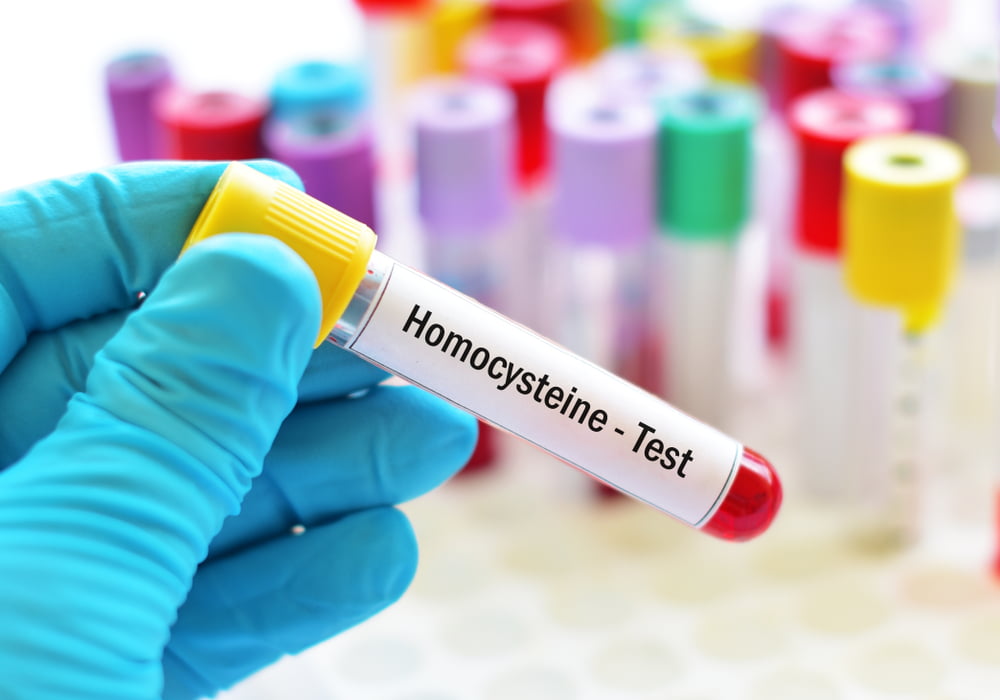
Excess homocysteine poses a health risk to the cardio- and cerebrovascular system because it stimulates the development of atherosclerosis, increasing the likelihood of stroke and heart attack. If action is taken early, by changing dietary habits and through supplements, levels can be normalized. With a double advantage

There are several methods for measuring oxidative stress. Knowing one’s “level” of oxidative stress can be useful in a preventive and healthy aging perspective

The biological age of an organism is a significant indicator of health status and susceptibility to illness. Individual organs and tissues may undergo different aging processes, but the real challenge is to define a biological clock that applies to the whole organism, and that translates into parameters that are easy to monitor and act upon.

Measuring chronic latent inflammation is not as simple as measuring acute inflammation associated with infection or disease. There are different types of tests and markers, with different sensitivities. Here is a brief guide to get your bearings

Focusing only on treating chronic diseases when they occur is not a sustainable strategy. A change of perspective is needed: to invest, first, in healthy longevity. This is the philosophy of SoLongevity and other major players in Geroscience, who sign a manifesto of intent in Lancet Healthy Longevity

After menopause, women’s cardiovascular risk is quite comparable to that of men, yet it is underestimated even by health professionals
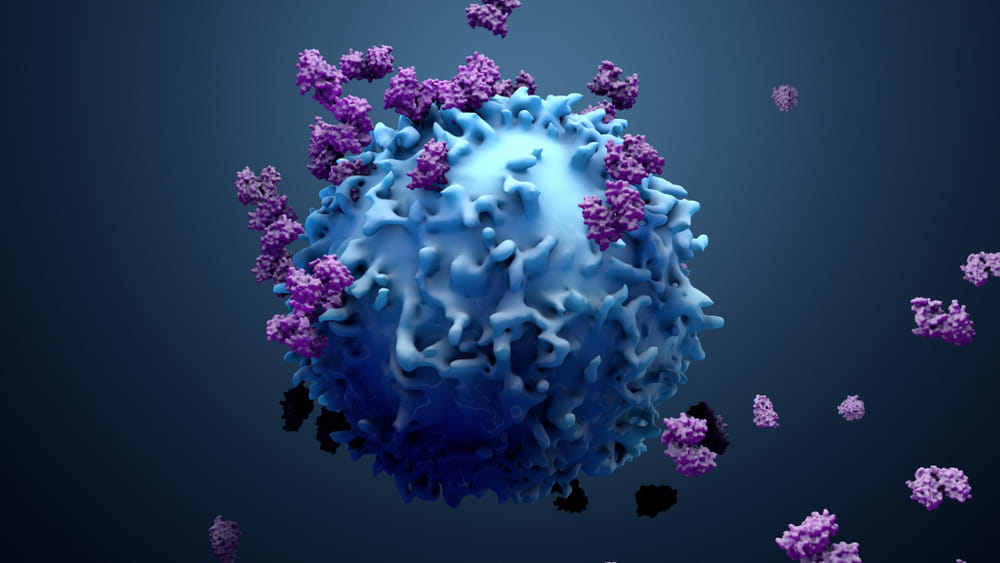
Once seen only as helpful and protective, we now know that inflammation can contribute to the development of numerous diseases

Measuring one’s state of health against an ideal aging process allows us to understand how well we are able to preserve our physical and mental performance and how exposed we are to future risks of chronic diseases

They can leverage public trust and have a large presence throughout the country for easy access and proximity. This is why pharmacies are entitled to become more and more a point of reference for health: the first destination for primary care promotion

When it comes to cardiovascular disease, the age of our immune system matters more than age. Today, the iAge “inflammatory clock” allows us to estimate it. How does it work?